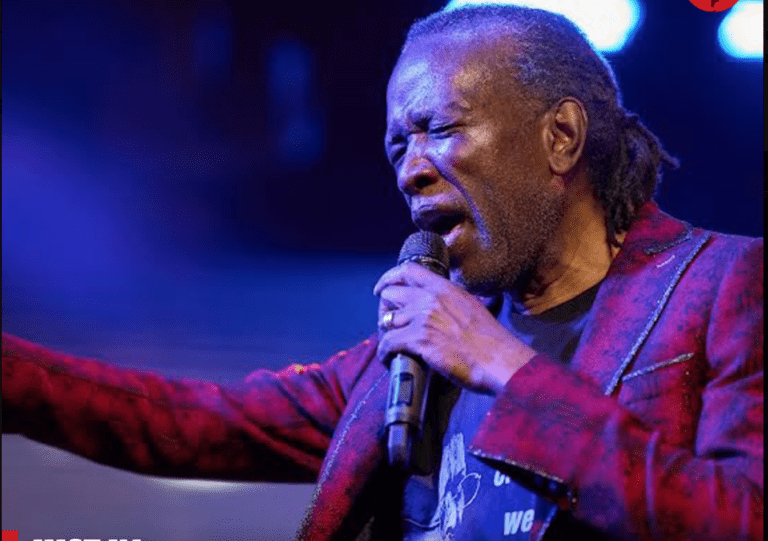Whither the National Gallery of Jamaica? – Part 2

Part 1 discussed the controversial latest postponement of the NGJ’s inaugural Kingston Biennial exhibition. This week, we look at its broader context.
There has been a concurrent decline in the quality and quantity of the National Gallery of Jamaica’s (NGJ) public programmes. For instance, the popular Last Sundays, which had been held since 2012 with free admission and special events, had gone virtual last year and while the programming and quality of presentation left much to be desired, the event at least signalled that the NGJ was alive and doing something. In mid-May, there was a cryptic announcement on the blog that that month’s programme had been cancelled, due to “circumstances beyond our control”. There has been no further news on the Last Sundays programme since then but Dr Greenland, in his email to me, cites budgetary reasons for its cancellation.
In April-May 2021, the Global Conversations programme, a series of online conversations, which generated some hope for a resurgence of the NGJ’s public programmes and intellectual activities. While some of the presentations were interesting and of a high quality, the composition of the panels and ideas explored seemed dated, incestuous, and oddly disconnected from the current artistic and curatorial debates in the Caribbean and the Americas, which would have provided a much more relevant context to the issues arising from the Kingston Biennial. Moderation was poor and attendance was low (the live audience on YouTube for the last episode, which explored the legacy of the late Nigerian curator Okwui Enwezor, for instance, never exceeded 25 persons, which would have included members of the NGJ staff and board). Dr Greenland informed me that another round of Global Conversations was being planned. Let us hope it will be more diverse and attuned to Caribbean interests and the upcoming Kingston Biennial, and better promoted and attended.
The NGJ blog, established in 2009, is one of the oldest cultural blogs in the Caribbean. It was once a thriving forum for information, new scholarship and ideas, and critical debate about Jamaican art and artists, and the older posts remain as an important resource for students and cultural researchers alike. None of that level of activity remains today and the NGJ has even mishandled its posted obituaries, which are the only new features on artists it has published in recent years. The original obituary for the gallerist and book seller Hugh Dunphy, for instance, contained major biographical inaccuracies, which subsequently had to be corrected with a substantially changed second obituary, and the one for Beverley Oliver was published an embarrassing nine months after that artist died.

The NGJ’s pioneering blog now seems to have become a mere vehicle for PR announcements, and even those are very scarce. Eyebrows were raised the other day when the NGJ, out of the blue, reposted a children’s art exercise from the more active NG West blog. It is not that staging (online) children’s activities is not appropriate for the NGJ but such ought not be the main or, worse, only activities and communications from a national art museum that otherwise appears moribund. The post was removed a few hours later, so it appears that even the “powers that be” at the NGJ recognized how embarrassing it was for this to be the first blog post by our national art museum in nearly three months while the institution has been silent on all other aspects of its operations and programmes.
Without being privy to what is happening behind the scenes, it is obvious that the NGJ is in a deep crisis, caused by what amounts to a failure of leadership on the part of the board and senior management alike. As the NGJ’s former Executive Director, I may judge the situation more harshly than other observers, as I remain strongly invested in an institution to which I dedicated more than thirty years of my professional life. However, I know first-hand that the NGJ can do much better, providing its professional team is appropriately constituted, supported, and empowered. This institutional implosion should be addressed at the governmental level but the NGJ’s welfare is also a matter of collective responsibility for the Jamaican artistic community, which needs to start withholding the NGJ board and senior management to account for the current situation.
As the oldest and largest specialized art museum in the Anglophone Caribbean, the NGJ was, not so long ago and despite shortcomings, an organization driven by passionate vision and commitment, underpinned by sound professional skills and scholarship. It is well recognized that the museum made a pioneering and transformative contribution to the development and promotion of the art of Jamaica, locally, in the Caribbean region and internationally. While it was once regarded as a regional model, the NGJ is now completely overshadowed, in terms of the quality and quantity of its activities, by the younger, smaller art museums in the Anglophone Caribbean, which have been exemplarily active throughout the pandemic, with inspired exhibitions and programmes, and which have all long reopened to the public.
The board and management hold the NGJ in trust for the people of Jamaica and the artistic community and Jamaican public have the right to know what is happening behind the scenes. It is time to move beyond the “veranda talk” and to insist on public disclosure, open conversation and consultation with the artistic community, and decisive reparative action. The National Gallery of Jamaica is too important to Jamaica’s artistic ecology, and the cultural, educational, and touristic sectors in general, to just let it slide.
Dr Veerle Poupeye is an art historian specialized in art from the Caribbean. She lectures at the Edna Manley College of the Visual and Performing Arts in Kingston, Jamaica, and works as an independent curator, writer, researcher, and cultural consultant. Her personal blog can be found at veerlepoupeye.com.






